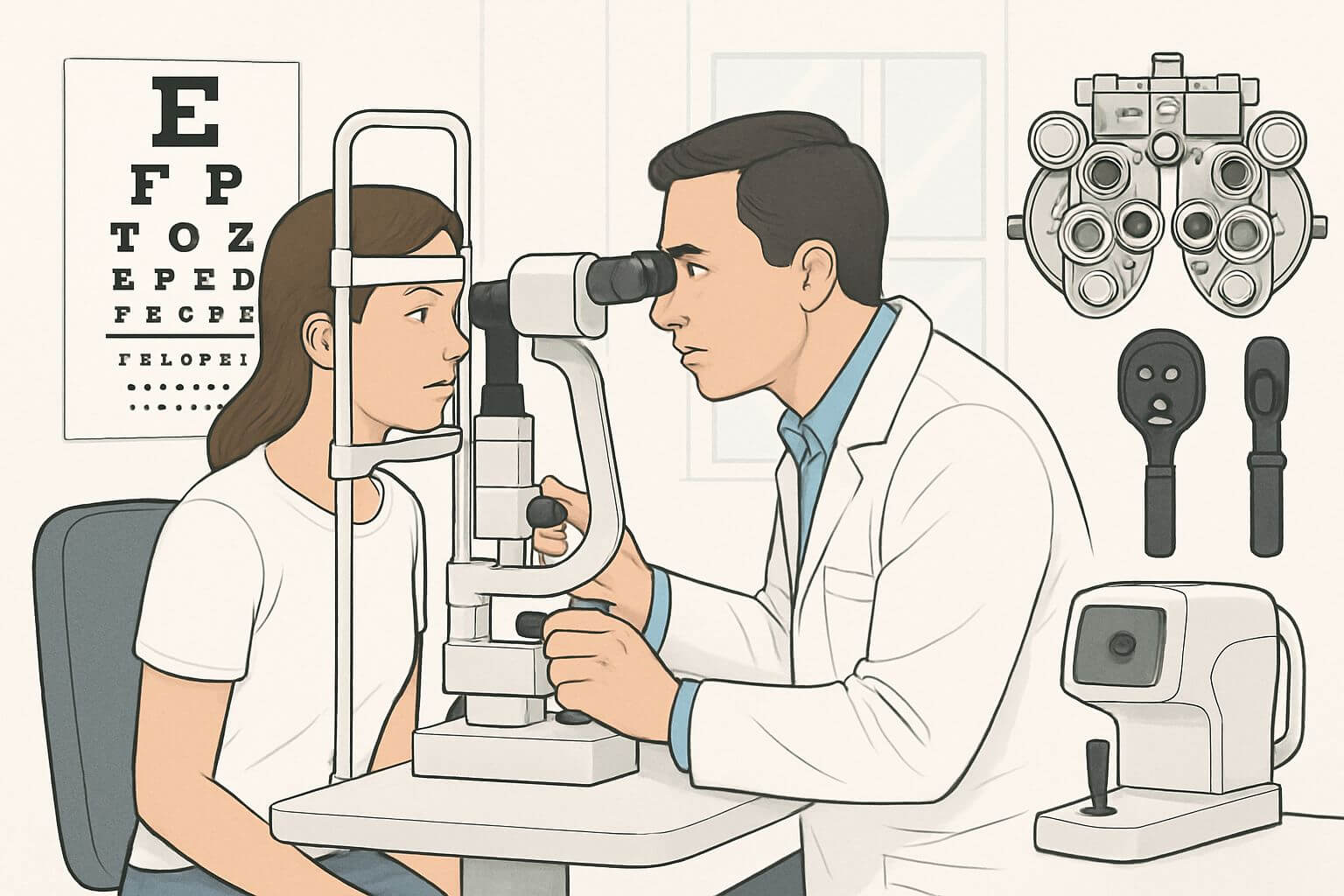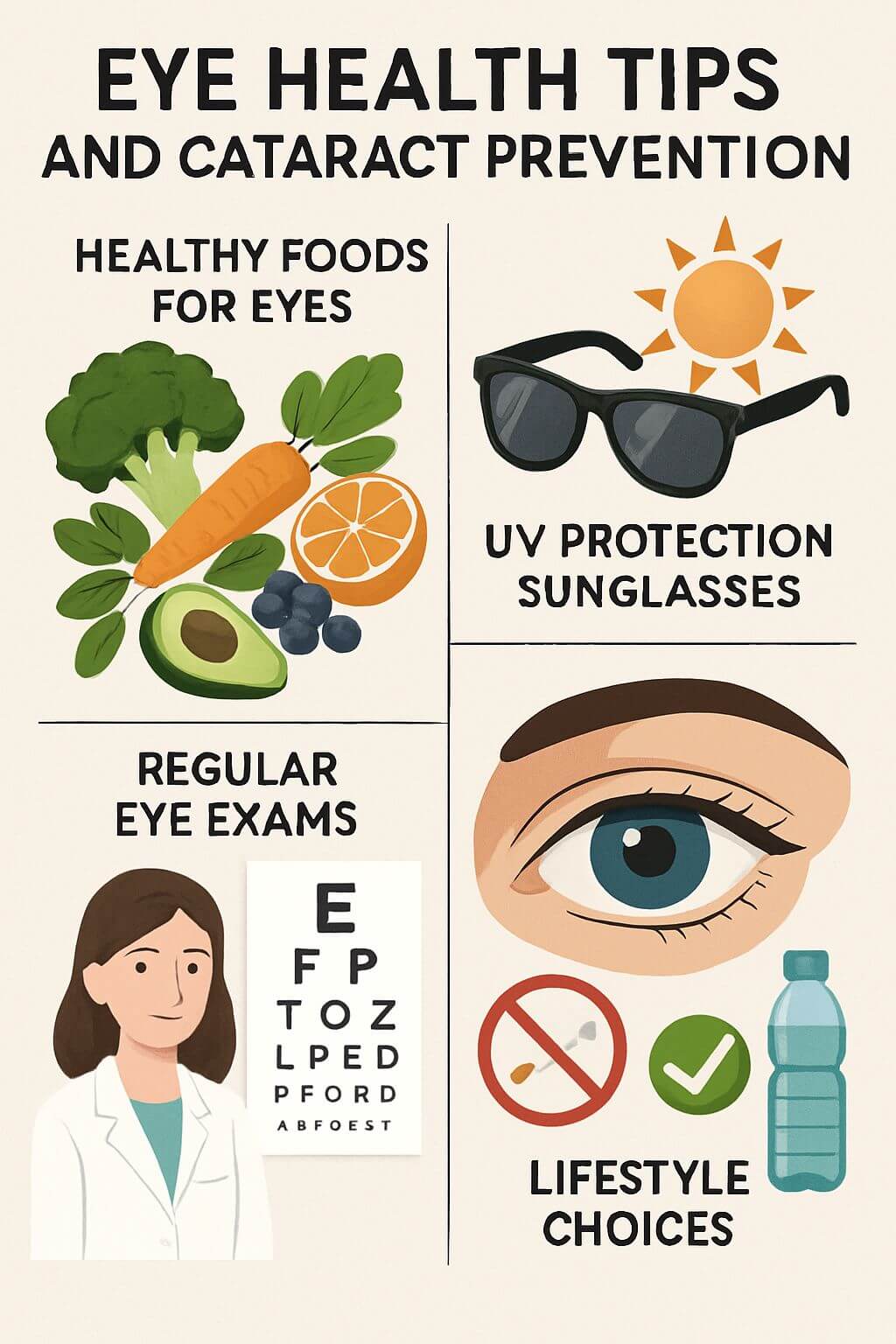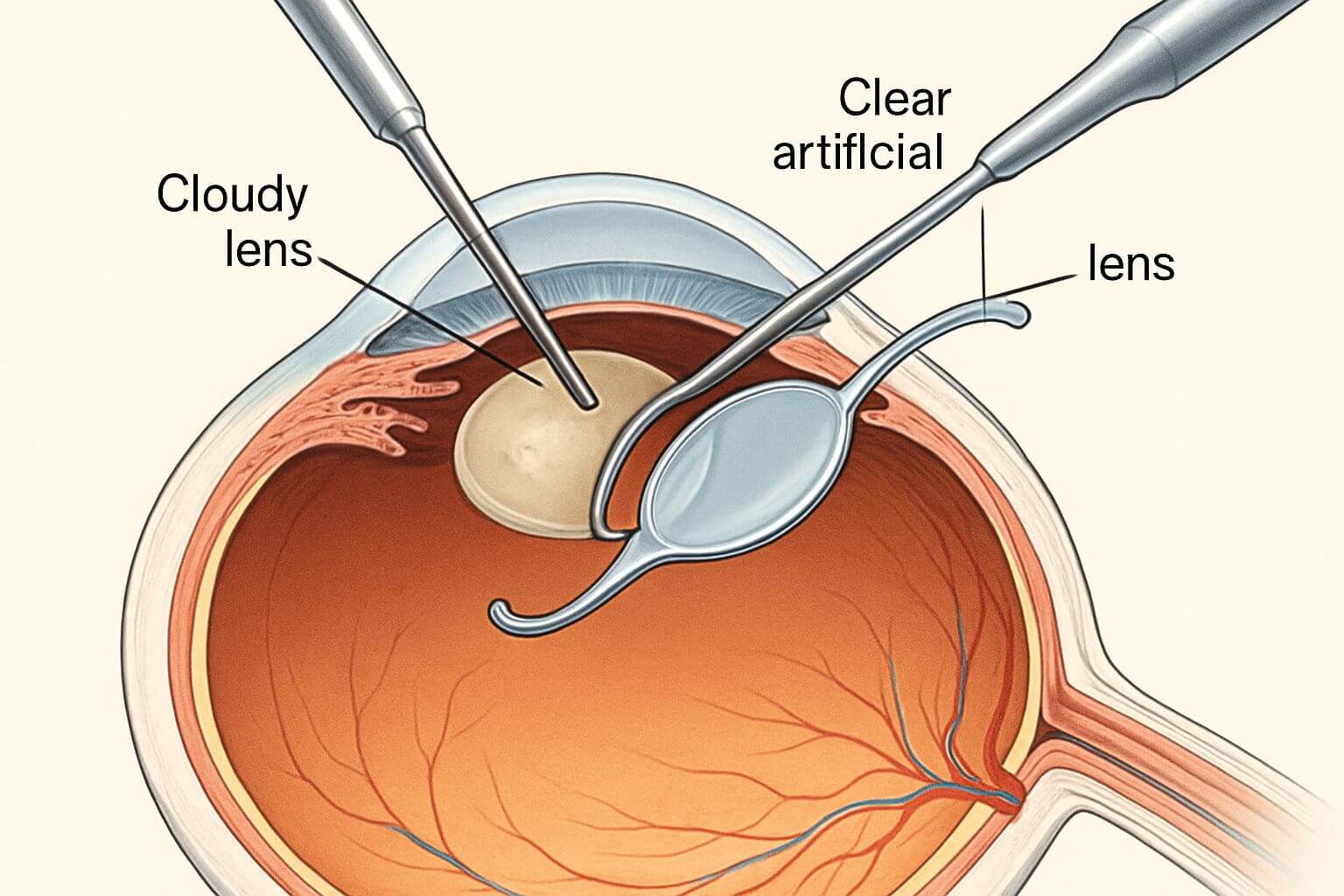
What is an Eye Exam?
A comprehensive eye exam is one of the most important things you can do to protect your vision and your overall health. It is much more than just a simple vision test to see if you need glasses. A thorough eye exam can detect a wide range of eye conditions, many of which have no early symptoms. It can also reveal signs of other health problems, such as diabetes and high blood pressure.
At the Australian Relief Organisation (ARO), we understand the critical importance of regular eye exams. Our work in providing eye care to underserved communities has shown us that early detection and treatment are key to preventing irreversible vision loss. This is the driving force behind our Mali Eye Clinic project, which will provide comprehensive eye exams and other essential eye care services to a community in desperate need.
Why are Eye Exams Important?
Regular eye exams are important for a number of reasons:
- To detect eye diseases early: Many common eye diseases, such as glaucoma, diabetic retinopathy, and macular degeneration, have no early symptoms. An eye exam can detect these diseases in their early stages, when they are most treatable.
- To correct refractive errors: Refractive errors, such as nearsightedness, farsightedness, and astigmatism, are the most common cause of vision problems. An eye exam can determine if you need glasses or contact lenses to correct your vision.
- To monitor your overall health: Your eyes can provide a window into your overall health. An eye exam can reveal signs of a variety of health problems, including diabetes, high blood pressure, and even some types of cancer.
What to Expect During an Eye Exam
A comprehensive eye exam typically includes the following components:
1. Medical History
Your eye doctor will start by taking a detailed medical history. They will ask you about your vision, your overall health, and any medications you are taking. They will also ask about your family history of eye disease.
2. Visual Acuity Test
This is the part of the exam that most people are familiar with. You will be asked to read letters on a chart to determine how well you can see at different distances. This test measures your visual acuity, which is the clarity or sharpness of your vision.
3. Refraction Test
If the visual acuity test shows that you have a refractive error, your eye doctor will perform a refraction test to determine the exact prescription for your glasses or contact lenses. This involves looking through a device called a phoropter, which contains a series of lenses. Your eye doctor will ask you to look at a chart and tell them which lenses make your vision clearer.
4. Slit-Lamp Exam
The slit lamp is a special microscope that allows your eye doctor to examine the structures of your eye in detail. They will use it to look at your cornea, iris, lens, and other parts of your eye. This can help them to detect any signs of disease or damage. For example, a slit-lamp exam can reveal the presence of a cataract, which is a clouding of the lens.
5. Glaucoma Test
Glaucoma is a serious eye disease that can damage the optic nerve and lead to irreversible vision loss. A glaucoma test measures the pressure inside your eye, which is one of the risk factors for the disease. The most common glaucoma test is called tonometry. It involves a small instrument that gently touches the surface of your eye to measure the pressure.
6. Retinal Exam
Your eye doctor will also examine your retina, which is the light-sensitive tissue at the back of your eye. This is usually done by dilating your pupils with eye drops. This allows your eye doctor to get a clear view of your retina and optic nerve. A retinal exam can detect signs of a variety of eye diseases, including diabetic retinopathy, macular degeneration, and glaucoma.
ARO’s Commitment to Comprehensive Eye Care
For the communities that ARO serves, a comprehensive eye exam is a luxury that is often out of reach. This is why our Mali Eye Clinic project is so important. This clinic will be equipped with the latest diagnostic technology, allowing us to provide high-quality eye exams to thousands of people who would otherwise have no access to this essential service.
Our goal is not just to treat eye disease, but to prevent it. By providing regular eye exams, we can detect and treat eye conditions before they lead to permanent vision loss. We can also educate communities about the importance of eye health and how they can protect their vision. For more information on how to protect your own vision, read our article on Eye Health Tips to Prevent Cataracts and Keep Your Vision Strong.
You Can Help Us Make a Difference
When you support the Australian Relief Organisation, you are helping to bring the gift of sight to those who need it most. Your donation can help us to:
- Provide a free eye exam to a child in Mali.
- Purchase essential equipment for our eye clinic.
- Train local healthcare workers to perform eye exams and identify eye diseases.
Support ARO’s Vision for a Brighter Future. Donate Today.
Frequently Asked Questions (FAQs)
Q: How often should I have an eye exam?
A: The frequency of your eye exams will depend on your age, your risk factors for eye disease, and whether you wear glasses or contact lenses. As a general rule, adults should have an eye exam every one to two years. Children should have their first eye exam at around 6 months of age, and then again at age 3 and before they start school.
Q: Is an eye exam covered by Medicare?
A: In Australia, Medicare covers the cost of a standard eye exam for most people. However, you may have to pay a gap for some specialized tests.
Q: What is the difference between an optometrist and an ophthalmologist?
A: An optometrist is a primary eye care provider who can perform eye exams, prescribe glasses and contact lenses, and diagnose and treat some eye diseases. An ophthalmologist is a medical doctor who specializes in eye and vision care. They can perform all the same services as an optometrist, as well as perform eye surgery.
Q: How can I prepare for an eye exam?
A: To prepare for an eye exam, you should make a list of any vision problems you are having, as well as any medications you are taking. You should also bring your current glasses or contact lenses with you to the exam.
Q: What is the most important part of an eye exam?
A: Every part of an eye exam is important. However, the retinal exam is particularly important for detecting serious eye diseases that can lead to blindness.
Related Project: Health - Cataract


